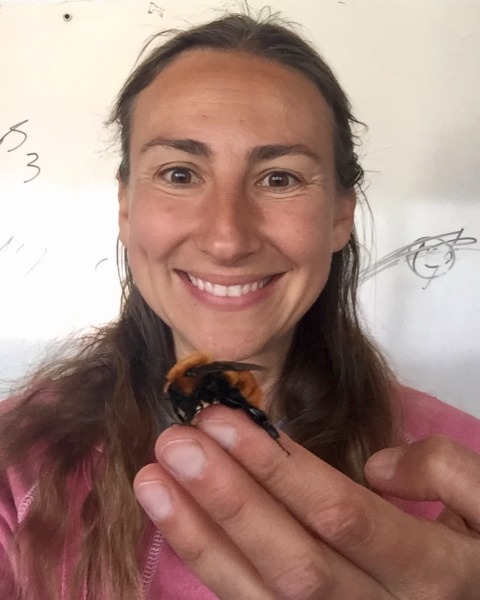Student 10-Minute Presentation
Physiology, Biochemistry, and Toxicology
Student
Student Competition
The bumble battle: A survey of viral landscapes across imperiled and common species in the Midwestern USA
- MM
Morgan Moore (she/her/hers)
Graduate Student
Iowa State University
Ames, Iowa - AK
Alex Christopher Kurtt
Iowa State University
West Des Moines, Iowa - HC
Haley Curtis
Iowa State University
Ames, Iowa 
Amy Toth
Professor
Iowa State University
Ames, Iowa
Presenting Author(s)
Co-Author(s)
The Upper Midwest has been identified as in critical need of bumble bee conservation and is home to the endangered Bombus affinis and other declining species such as B. pensylvanicus. Bumble bee species decline in this area may be related to habitat degradation and pathogen and disease spillover due to the globalization of managed bees. Tracking and preventing the spread of these diseases, especially in threatened or endangered species, is a major goal in modern pollinator conservation. The goal of this research is to establish putative health indicators (morphological traits) and determine whether they relate to pathogen and viral infection; notably, these have the potential to serve as “red flags” to non-destructively assess health and disease. We collected ~1200 bees over two years and assessed a panel of body condition indicators (BCI) and found that six species of Bombus in Iowa have differences in body condition that relate to habitat suitability. An important next step in this research is to assess the bumble bee pathosphere, specifically to characterize known and possibly novel or emerging pathogens in bumble bee populations. Using a subset of collected bees, we will perform digital droplet PCR on both common and imperiled species of Bombus. Using this information, we determine whether the prevalence of several common bumble bee pathogens differs across species and environments. These data can provide new information to help pinpoint pathogens of concern to imperiled bumble bee health.

.png)

